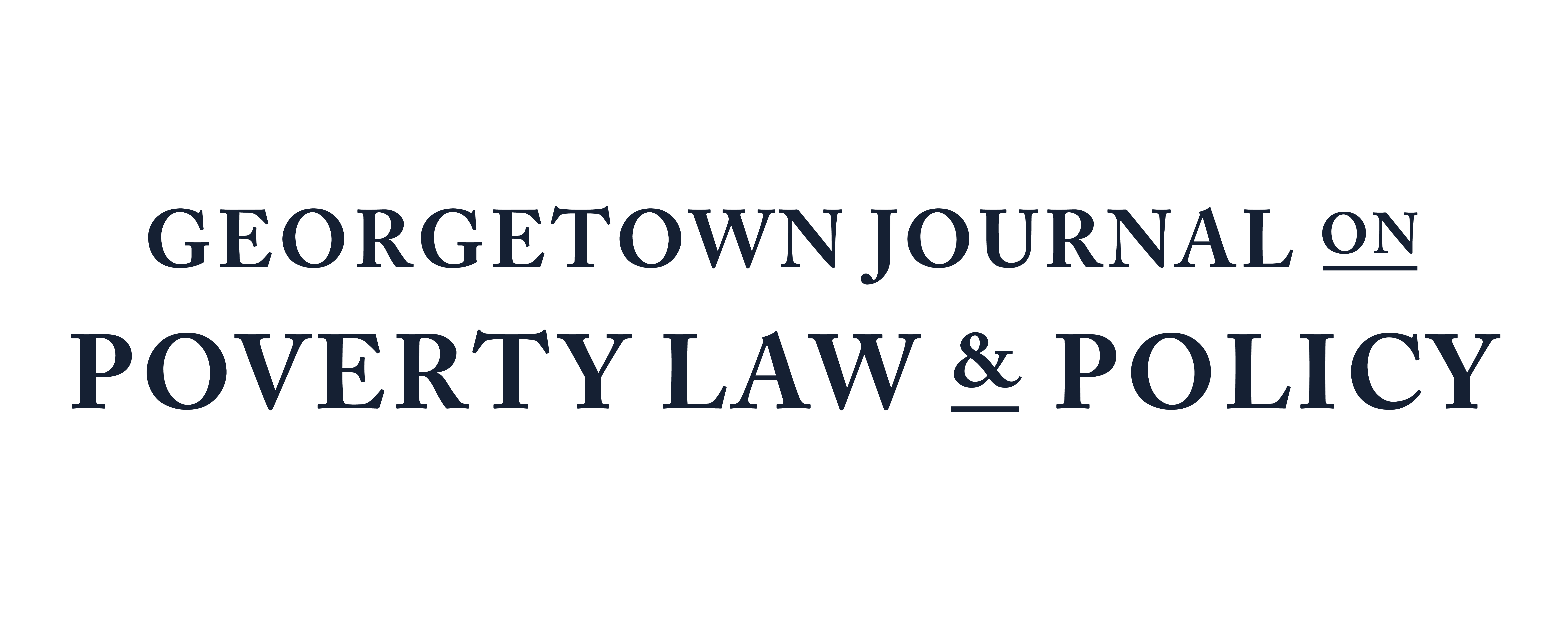An Application of Equality Theories to Commercial-to-Residential Adaptive Reuse Projects
Low-income U.S. renters currently face a severe housing shortage: approximately eight million too few affordable units exist for households earning less than their area’s average median income. At the same time, office buildings have become increasingly underutilized. Thus, adaptive reuse–which focuses on renovating and reusing old buildings for new purposes–can reduce inequality in the United States by turning vacant office space into much-needed affordable housing. This paper posits that if jurisdictions improved adaptive reuse policies by codifying both affordable housing 1) incentives and 2) mandates, those jurisdictions would enjoy more equality, as defined by leading political philosophers. Parts I and II of this paper provide background on affordable housing and adaptive reuse policies. Part III applies Amartya Sen and Martha Nussbaum’s Capabilities Approach to adaptive reuse, identifying adequate shelter as an implicated “capability” to consider in adaptive reuse ordinances. Part IV analyzes whether adaptive reuse advances capabilities at a level consistent with John Rawls’ difference principle; this Part determines that satisfying the difference principle requires governments to include both incentives and mandates for developers to incorporate affordable housing into adaptive reuse projects. Part V outlines additional changes to adaptive reuse ordinances that jurisdictions could implement to better facilitate equality. Part VI concludes.

